A Tuscan kitchen reborn: 'When we first took it on a tree was growing through the kitchen and the basement was full of snakes'
Having rescued this Tuscan villa from near ruin, its British owners commissioned Artichoke to design a hard-working kitchen. Arabella Youens explains more.
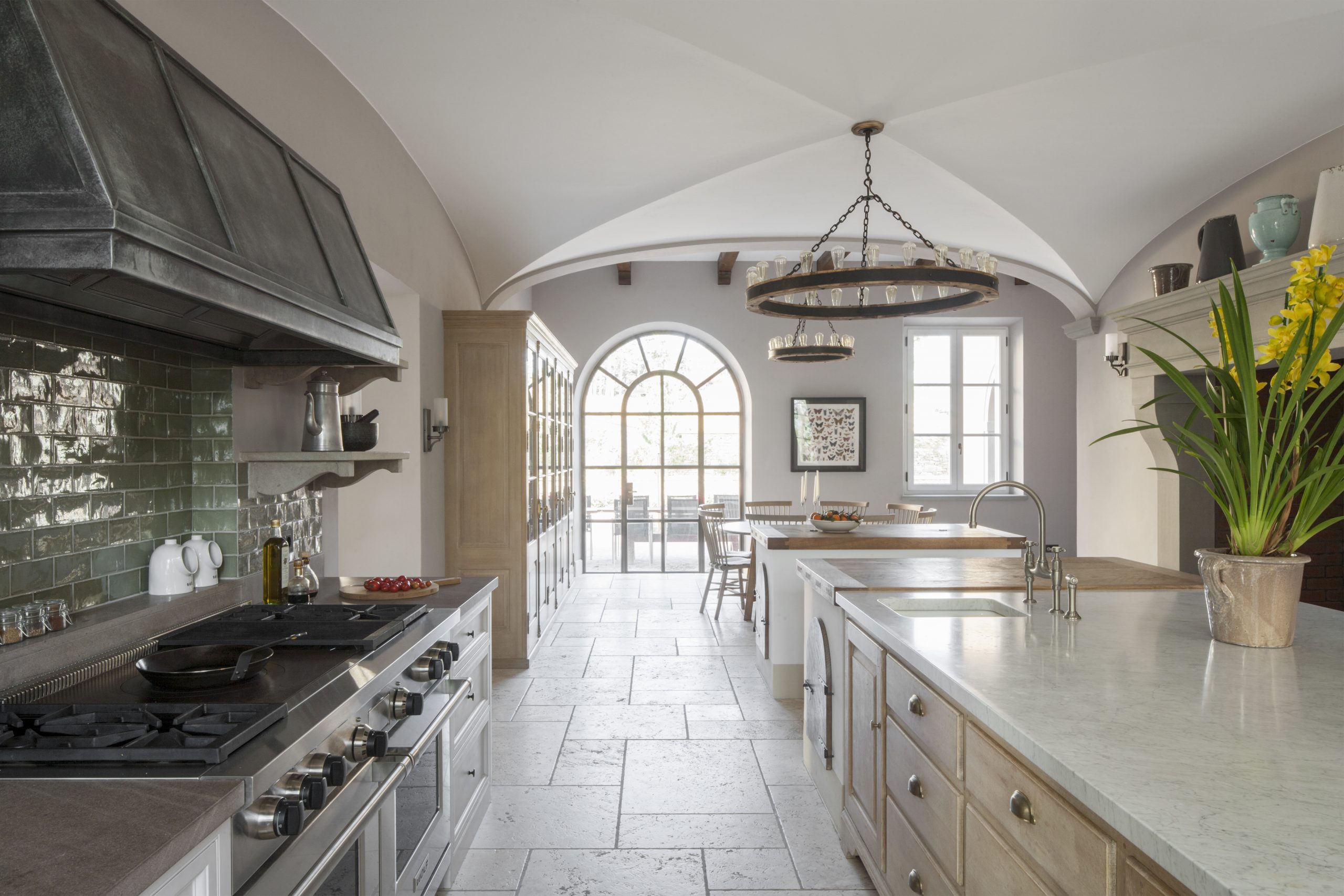

Originally built in 1916 by a Swiss family, this 12-bedroom villa stands nearly 4,000ft above sea level on the border between Tuscany and Umbria. It was used as a hotel, but was abandoned in the 1980s. For its new British owners, a hard-working kitchen to suit their large family of enthusiastic cooks was essential.
‘When we first took on the project, a tree was growing through the kitchen and the basement was full of snakes and scorpions,’ says Artichoke’s creative director, Bruce Hodgson.
Using Tuscany-based artisans and local materials where possible, the company oversaw renovation works that took four years. Part of the project included merging smaller rooms to create this voluminous kitchen in the centre of the house, where it acts as the ‘engine room’, says Bruce.
One of the stipulations that informed the architecture was that a traditional inglenook fireplace spacious enough to cook porchetta (roast suckling pig) should be included. This involved running a flue under the main staircase that crosses the top of the kitchen — resulting in a vaulted ceiling from which hang two striking wagon wheel-style chandeliers from Ralph Lauren Home.
Much of the decorative interest comes from the wood used on the dresser and cabinetry — a mixture of local chestnut and oak, which has been bleached. For day-to-day cooking, a Wolf range was installed, with a surround of tiles in a glossy sage from Verona adding a splash of colour. An acid-etched zinc extractor, designed and made by Artichoke, adds an industrial feel.
‘We wanted the story behind the room to make it feel as if it had evolved over many centuries,’ adds Bruce.
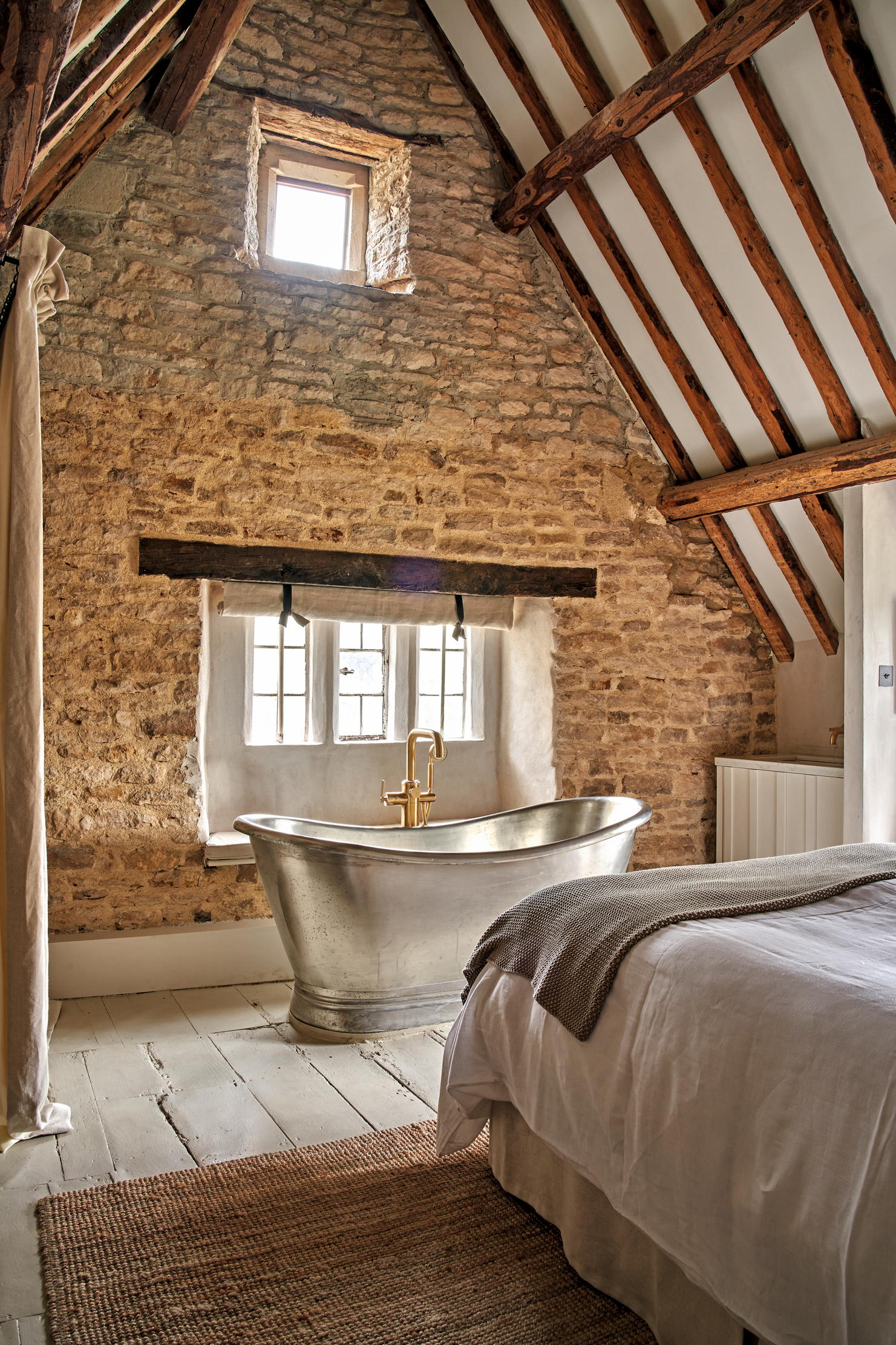
The best interior designers in Britain
Of all the decorating trends that have been in vogue over the last 50 years – be it Scandi, Minimalism
Sign up for the Country Life Newsletter
Exquisite houses, the beauty of Nature, and how to get the most from your life, straight to your inbox.

Credit: Getty
Britain's best interior designers on the paint colours you just can't go wrong with
People across the country are using their time to decorate, and with the big companies still running delivery services you're likely

Beyond Instagram: London Design Week's unparalleled breadth and depth will help you avoid 'unhinged eclecticism'
Listening to the world’s greatest interior designers talk about their work is one of the best ways to get to
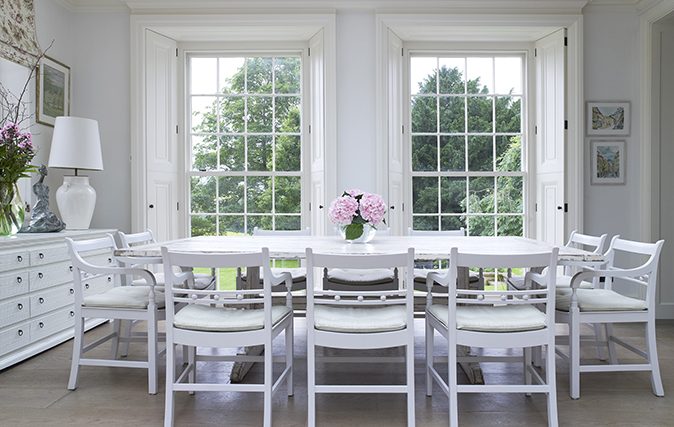
Inside the home of a top designer: Philippa Thorp’s Hampshire dream
Interior designer Philippa Thorp tells Arabella Youens about the transformation of her Grade II-listed house in Hampshire.
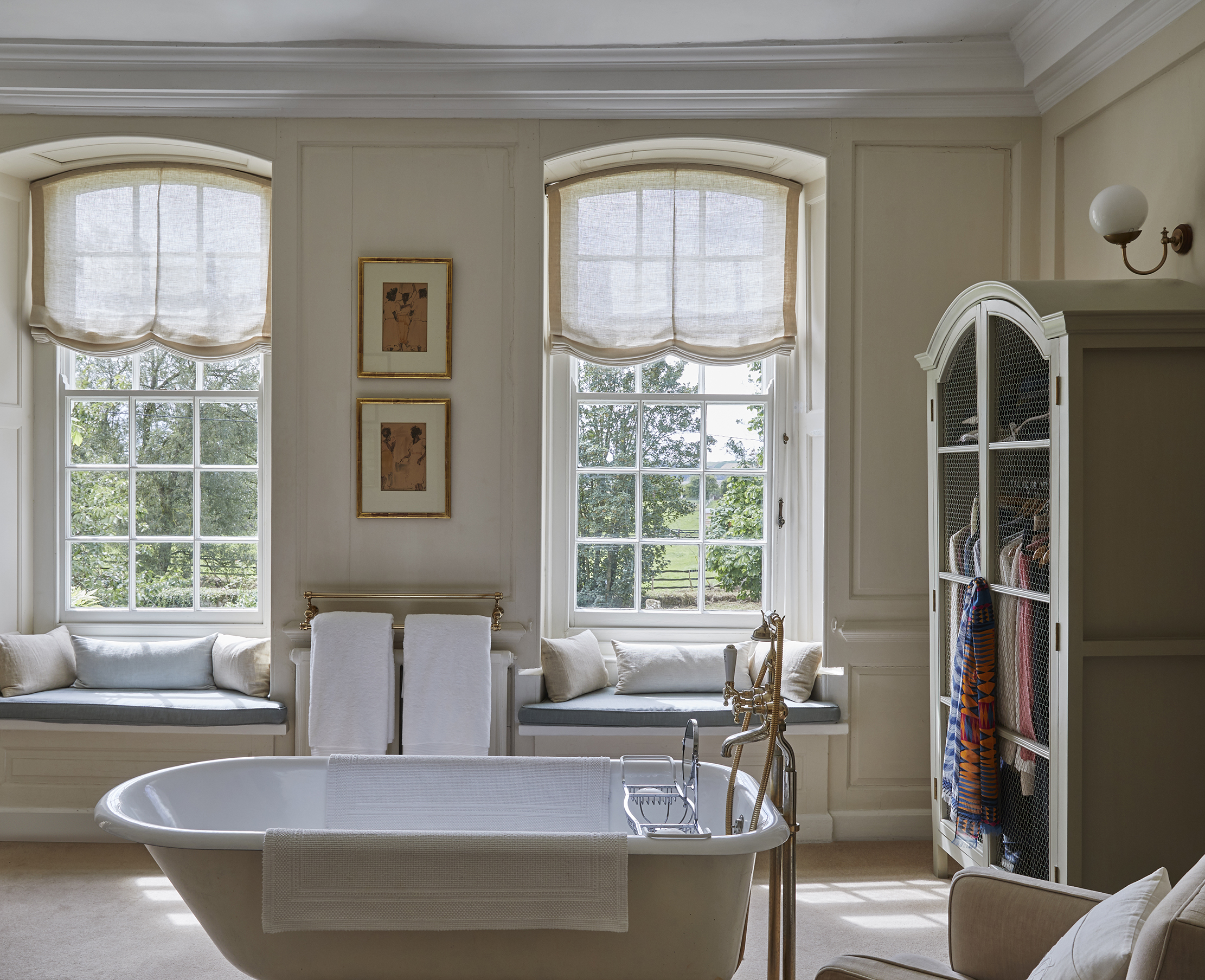
Credit: Ray Main / Todhunter Earle Interiors
Creating a graceful, beautiful and above all cosy bathroom in a period house in Wiltshire
Emily Todhunter took a restrained approach to the decoration of her Wiltshire bathroom. She explained more to Arabella Youens.
-
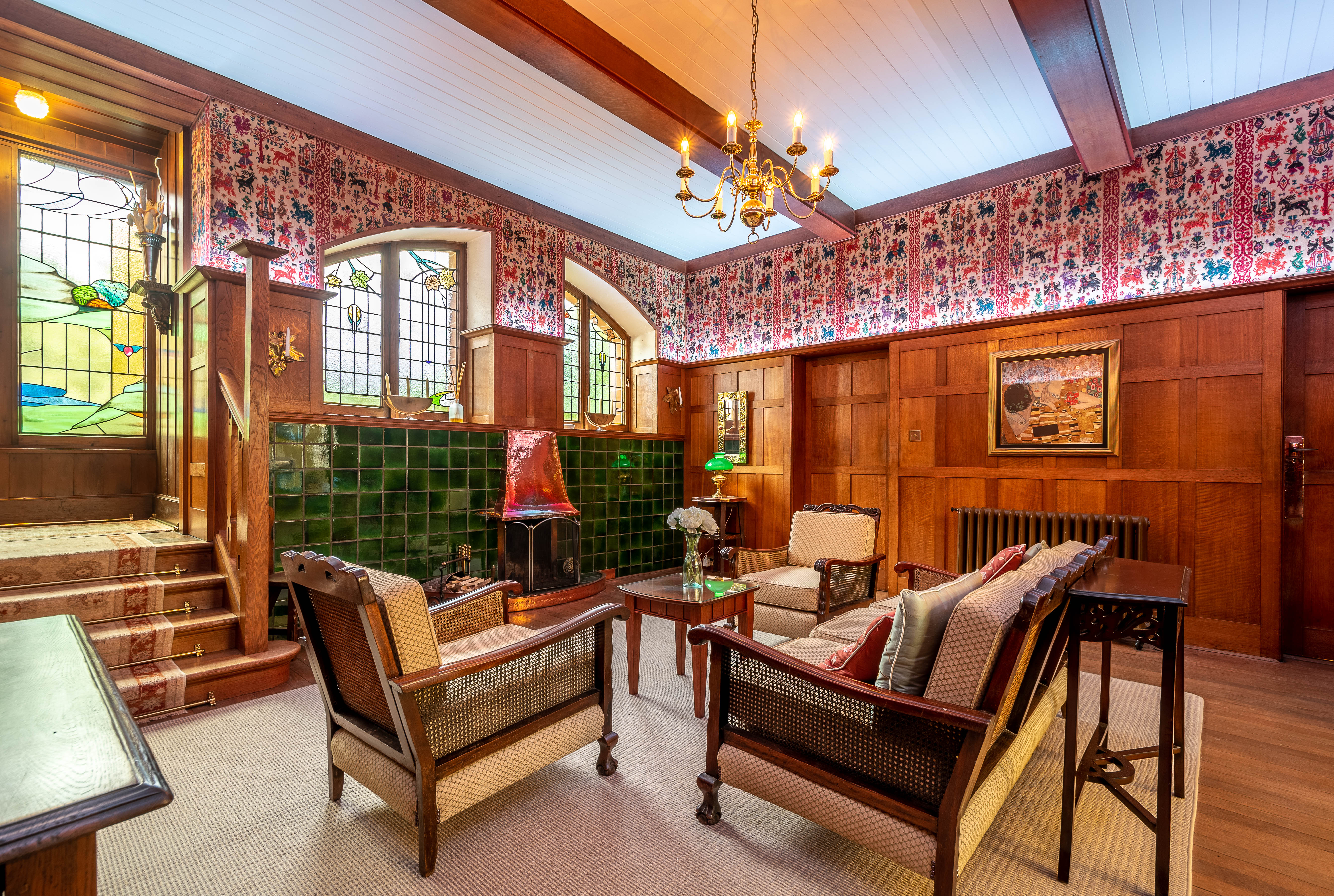 Seven of the UK’s best Arts and Crafts buildings — and you can stay in all of them
Seven of the UK’s best Arts and Crafts buildings — and you can stay in all of themThe Arts and Crafts movement was an international design trend with roots in the UK — and lots of buildings built and decorated in the style have since been turned into hotels.
By Ben West
-
 A Grecian masterpiece that might be one of the nation's finest homes comes up for sale in Kent
A Grecian masterpiece that might be one of the nation's finest homes comes up for sale in KentGrade I-listed Holwood House sits in 40 acres of private parkland just 15 miles from central London. It is spectacular.
By Penny Churchill
-
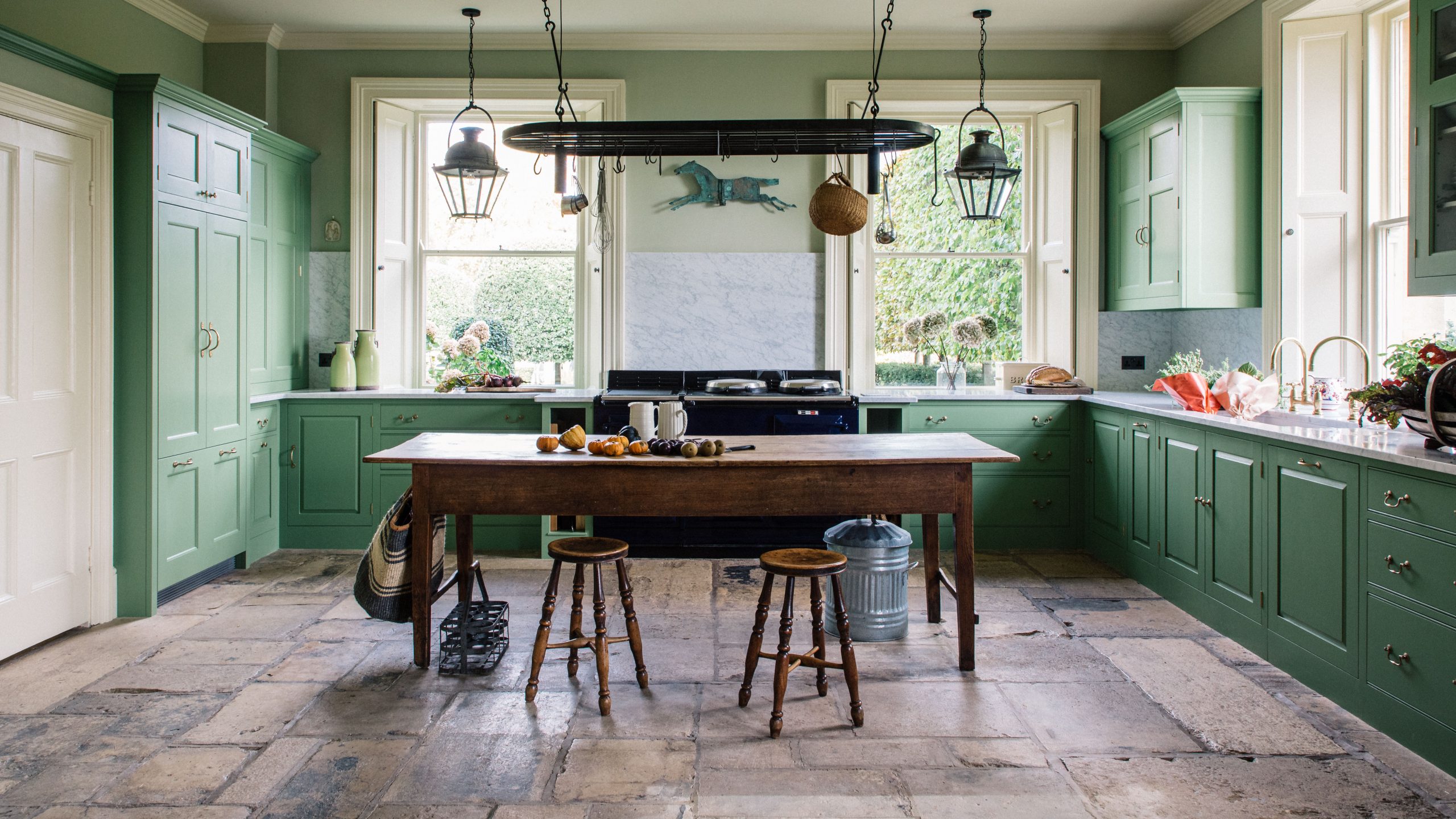 How to create a serene, yet hard-working kitchen
How to create a serene, yet hard-working kitchenPlain English worked with antique dealer Robert Young to make this traditional kitchen with an effortlessly relaxing colour scheme that marries perfectly with the views over beautiful gardens.
By Arabella Youens
-
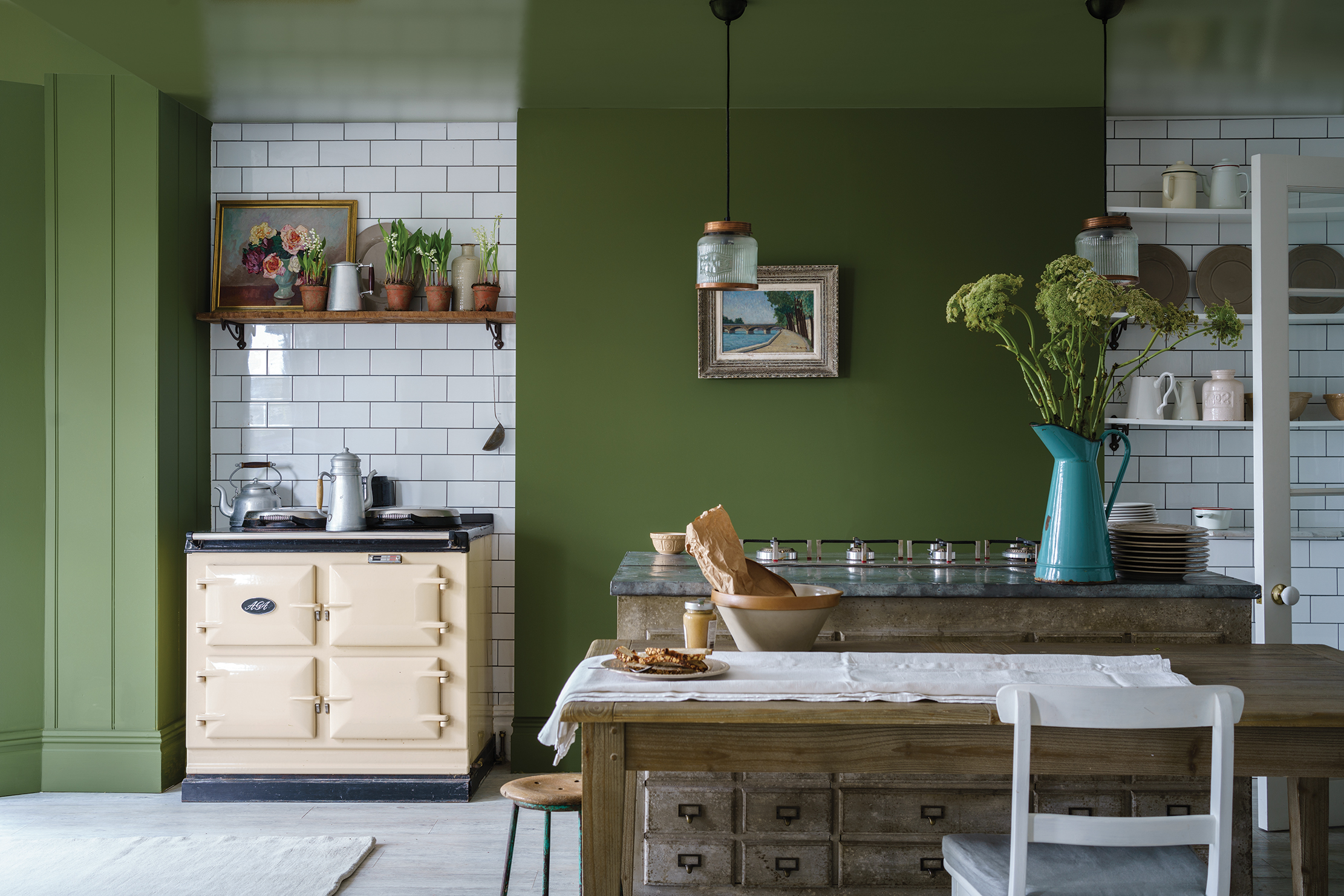 Why kitchens are going green — literally
Why kitchens are going green — literallyGreen is the perfect colour for a kitchen, says Amelia Thorpe.
By Amelia Thorpe
-
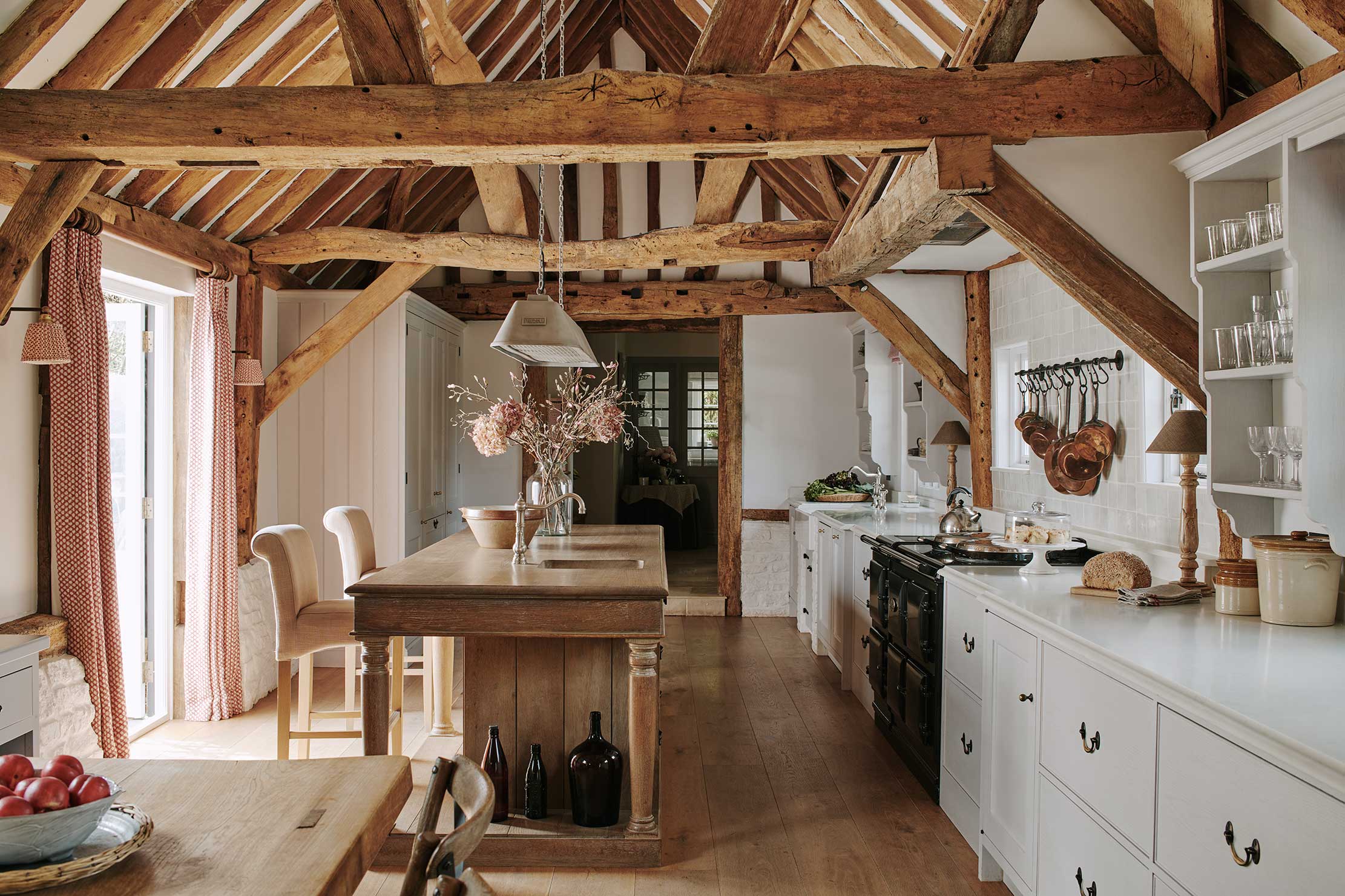 A modern kitchen perfectly framed by the exquisite ancient beams
A modern kitchen perfectly framed by the exquisite ancient beamsArtichoke designed a discreet and timeless kitchen to complement a converted granary. Amelia Thorpe takes a look.
By Amelia Thorpe
-
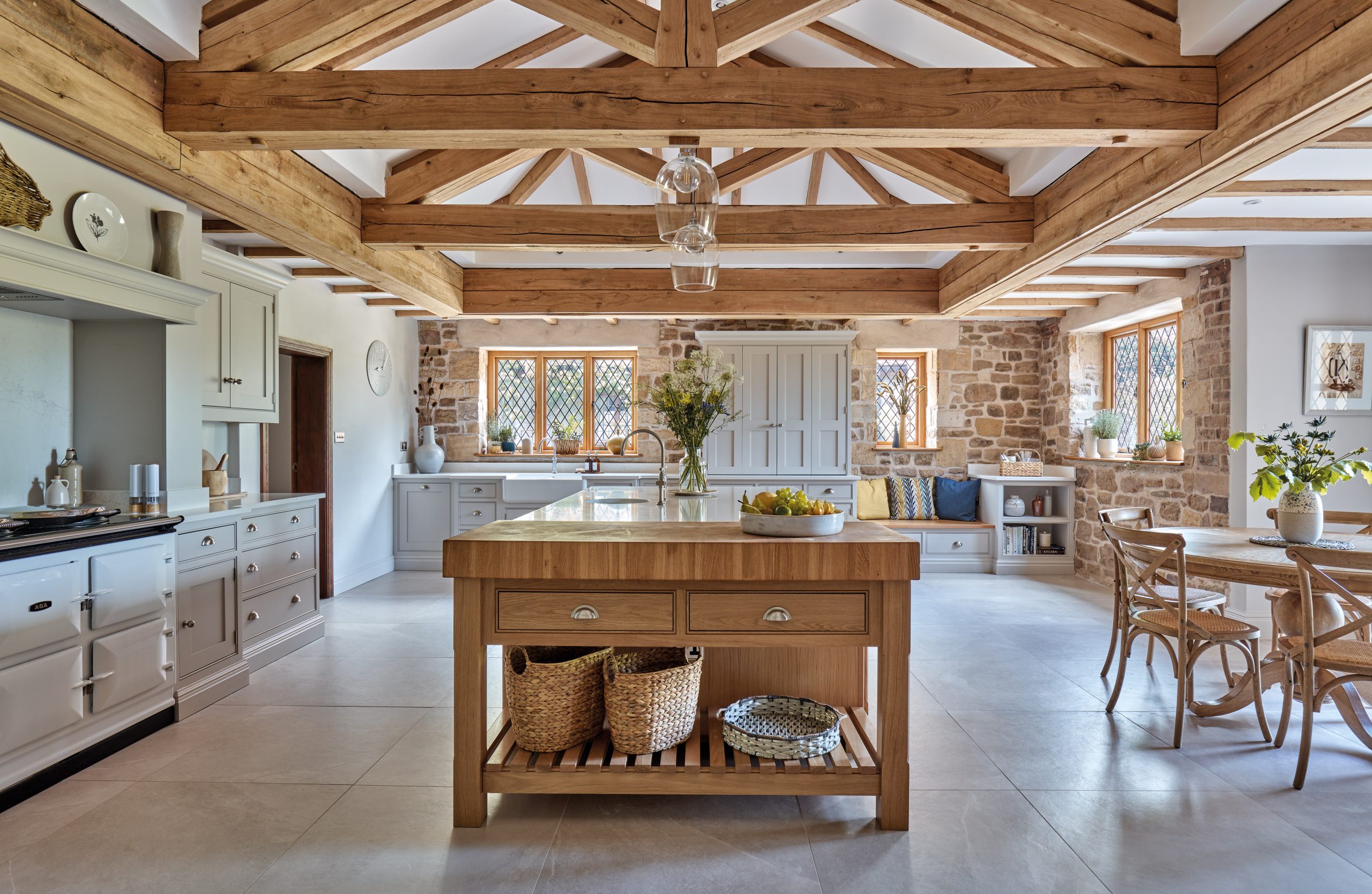 Yes, you can put a new kitchen in a Grade I-listed house — and this beautiful example shows how
Yes, you can put a new kitchen in a Grade I-listed house — and this beautiful example shows howTraditional cabinetry was a key ingredient in the sympathetic restoration of a Grade I-listed Tudor house in Shropshire.
By Arabella Youens
-
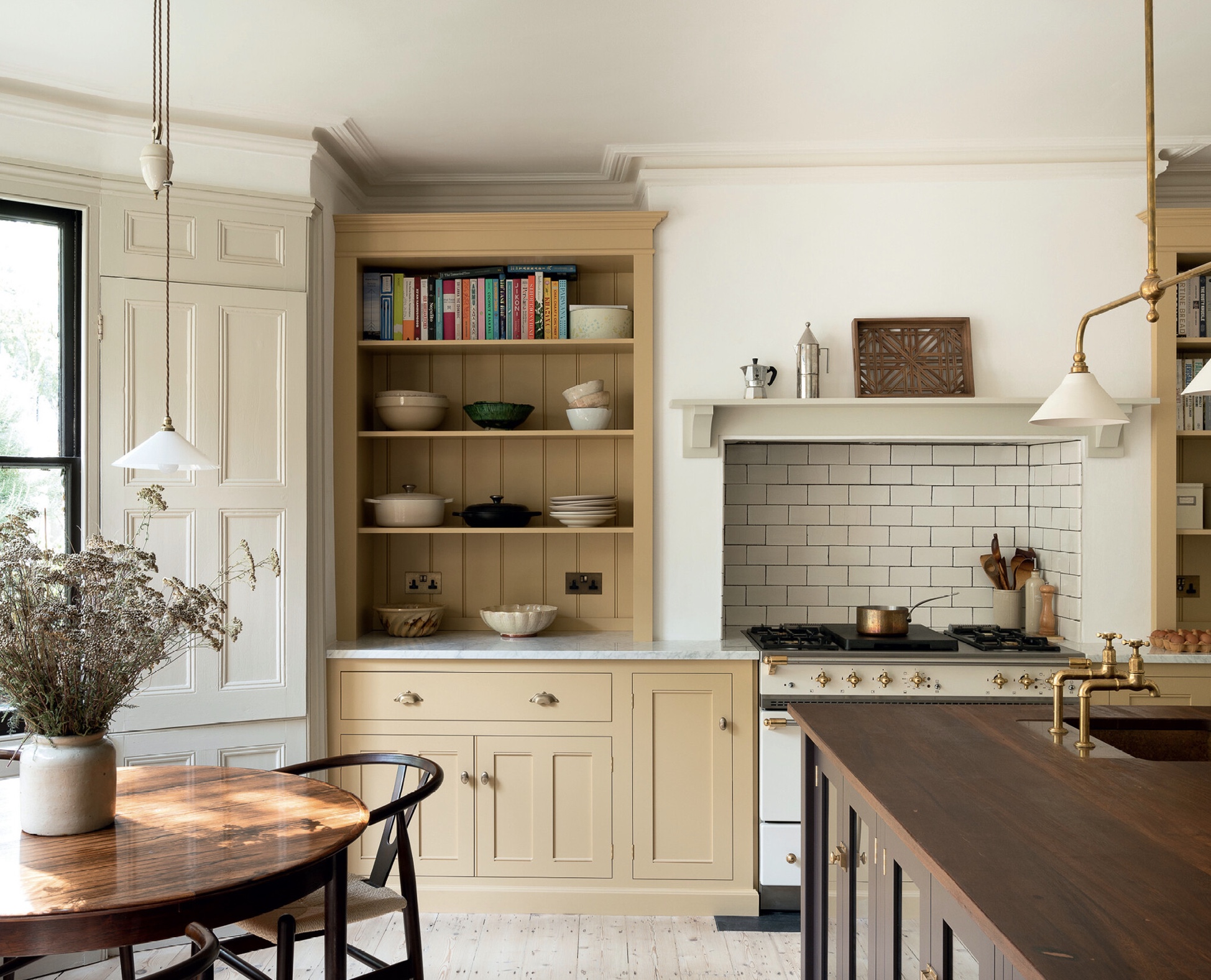 A London townhouse kitchen transformed to be sociable, practical and charming
A London townhouse kitchen transformed to be sociable, practical and charmingThe new owners of this London townhouse have reconfigured it to create a sociable space for cooking and entertaining.
By Arabella Youens
-
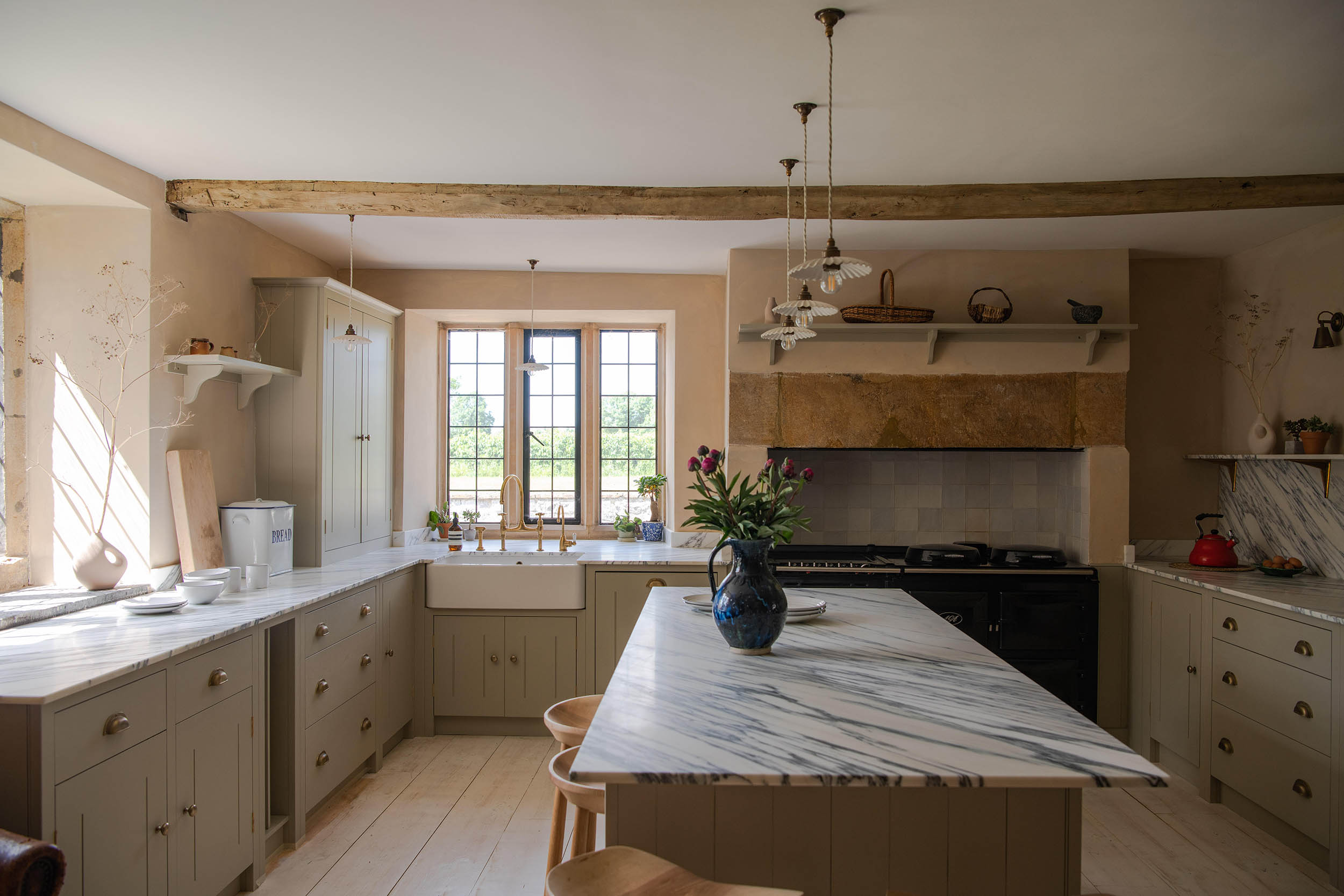 A beautiful new kitchen sympathetically created for a 16th century manor house
A beautiful new kitchen sympathetically created for a 16th century manor houseLimewash walls, a large island and plenty of open shelving combine to create a kitchen that’s sympathetic to this 16th-century manor house in Somerset.
By Arabella Youens
-
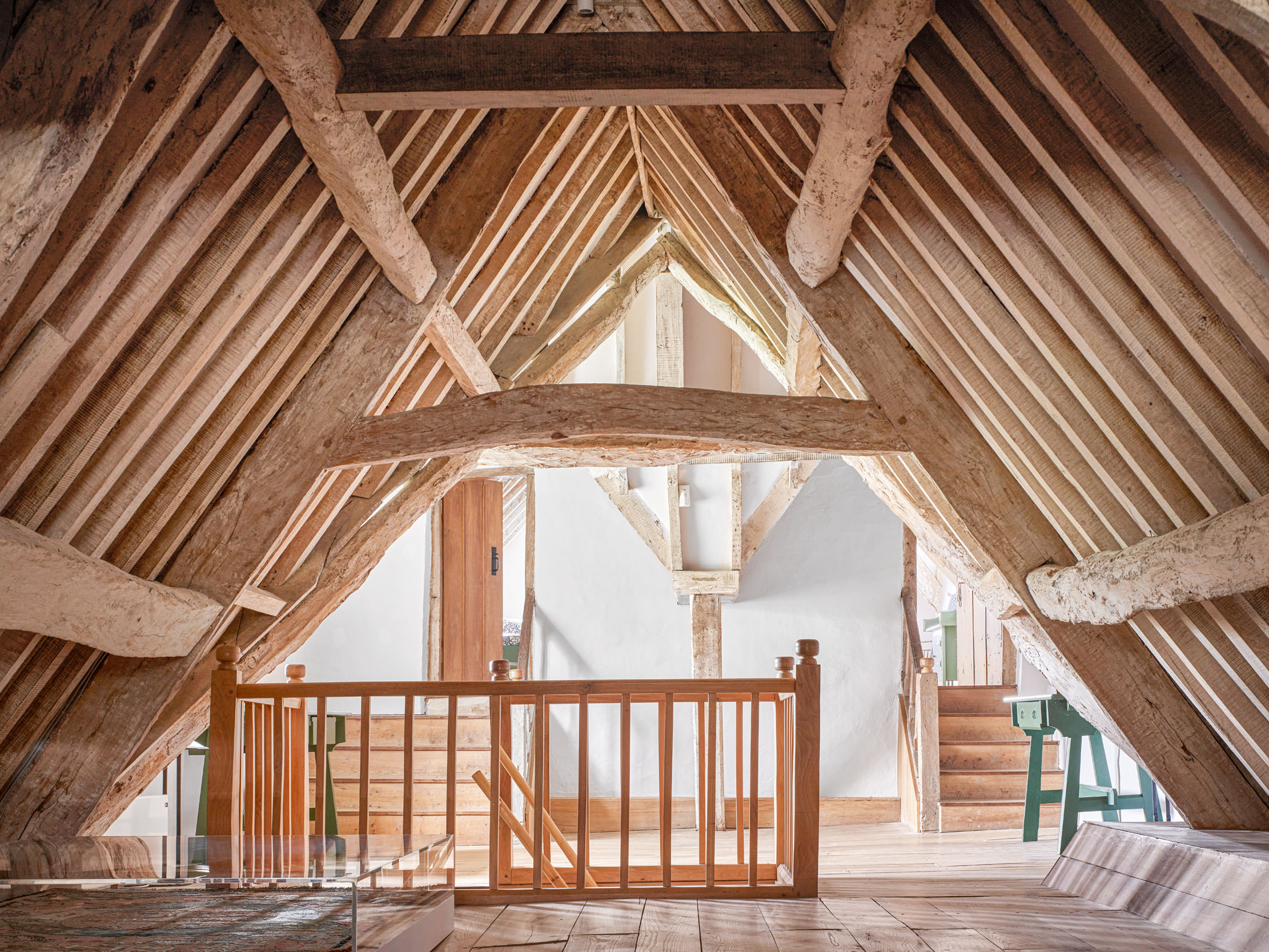 10 things I wish I'd known about doing up old houses before I started, by Country Life's interiors guru Giles Kime
10 things I wish I'd known about doing up old houses before I started, by Country Life's interiors guru Giles KimeCountry Life’s executive editor and resident interiors expert Giles Kime shares the lessons he’s learnt from the experience of dragging a succession of houses into the 21st-century.
By Giles Kime
-
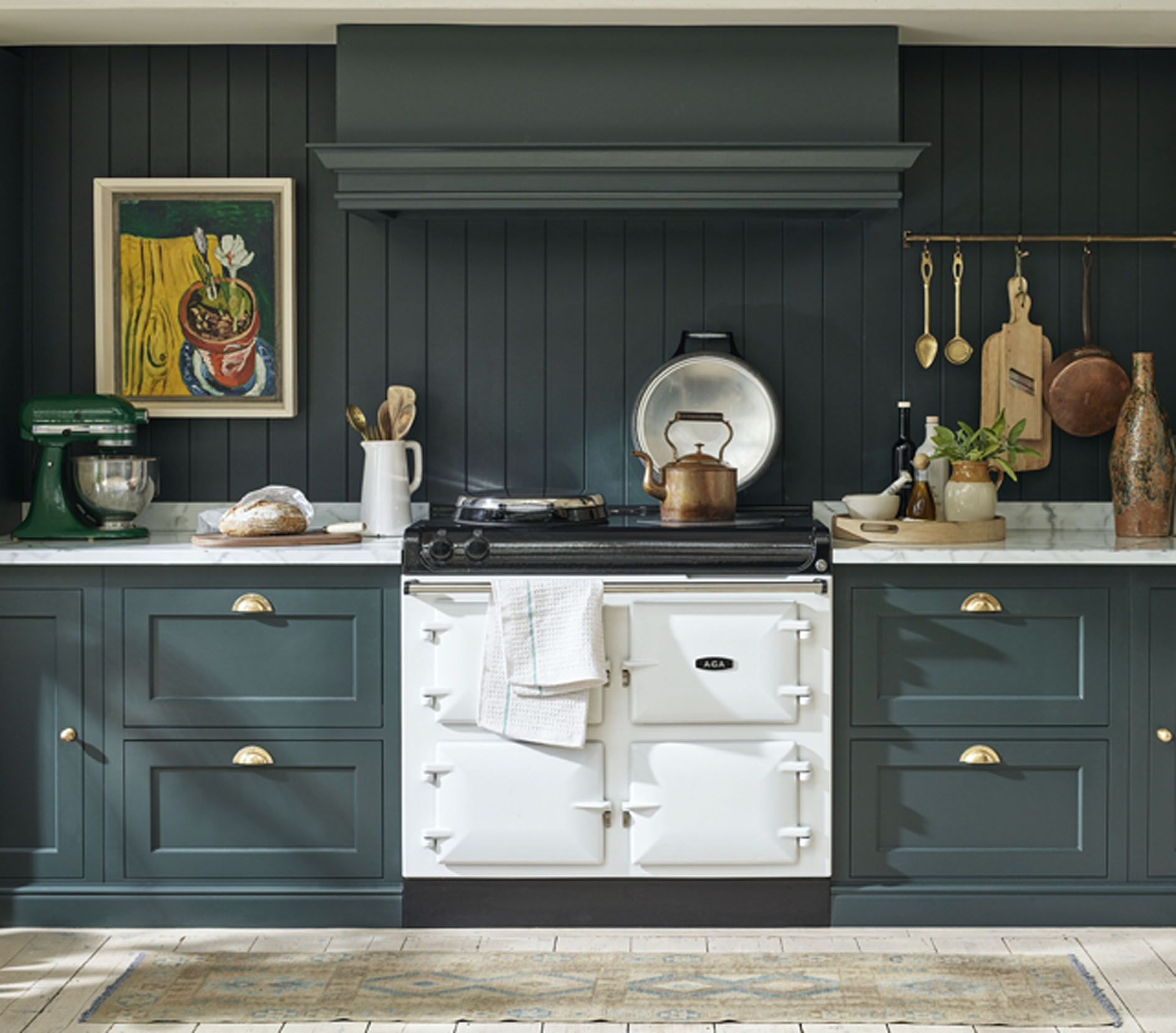 Seven beautiful new looks in kitchens, from classic cabinetry to 80s revival
Seven beautiful new looks in kitchens, from classic cabinetry to 80s revivalThe latest looks in the kitchen, selected by Amelia Thorpe.
By Amelia Thorpe